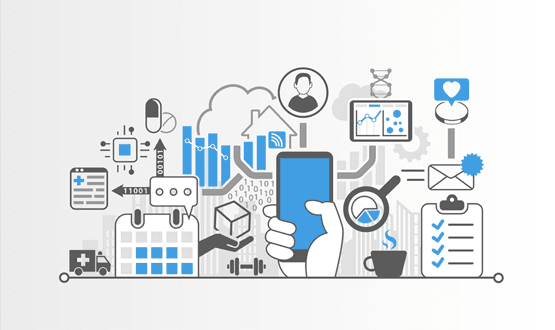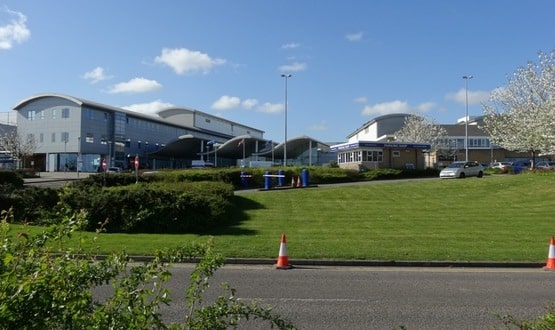How IoT is improving patient care
- 21 November 2019

The Internet of Things (IoT) is starting to make breakthroughs in the healthcare sector but what does the future hold? Jonathan Palmer, senior director for product strategy and digital trials at Oracle explores the benefits IoT technology could bring.
Until recently, if a patient was ill or experiencing symptoms, they had to visit a doctor or hospital for treatment. Any notes from that visit went into the patient file, which has evolved over the years from an actual paper file into an electronic dossier that theoretically follows the patient throughout their life. Yet this change from the analogue to the digital is a drop in the ocean compared to what the future holds.
The Internet of Things (IoT) is gradually transforming the healthcare sector, in the same way it has opened up possibilities in industries such as manufacturing, marketing and financial services. A range of connected medical devices are appearing on the market, from equipment trackers and wearable monitors through to digital health assistants, all promising a range of benefits for practitioners and patients alike.
Efficient equipment
Many healthcare practices possess a range of mobile devices that practitioners can use in their daily consultations, including digital x-ray equipment, ventilators and other moveable resources. However, studies have found that usage rates for these devices hover around 42%[1]. What’s more, nurses reportedly waste up to 10% of their day searching for equipment.
By equipping these devices with IoT sensors, staff can easily see where the devices are located from a central location, helping them easily find and make better use of the equipment. They can also monitor when and how the equipment is being used, so it can be assigned more efficiently.
Always-on patient care
In terms of patients, a range of wearable and household devices is making it possible to continually monitor patient conditions and symptoms. One of the challenges physicians face is keeping patients aware of their conditions and cultivating healthy habits that keep them in check.
Wearable medical devices such as smart watches can help patients manage their diabetes, hypertension, and other chronic conditions, because they can assist patients in monitoring their vitals on a regular basis, encouraging them to take greater ownership of their health.
In the case of clinical trials, technology such as voice assistants is being used in conjunction with artificial intelligence (AI) to help practitioners gather a volume of patient data that would simply not be possible otherwise. For example, Oracle Health Sciences is currently working with a pharmaceutical company to integrate AI into the case handling of their pharmacovigilance program. So far, this pilot has decreased the company’s total processing time by up to 50 percent. Not only does this allow the company to analyse a wider range of data during the trial, it can also help recognise any adverse effects straightaway.
Better assessments
The benefits of IoT go beyond the ability to collect large volumes of data. The real power of connected medical devices is the ability to extract meaningful insights that lead to quicker and clearer diagnoses.
Applying machine learning (ML) to patient data can help identify symptoms of life-threatening health events in the earliest stages. For example, a patient with an undiagnosed heart arrhythmia is more prone to suffer a stroke if left undiagnosed, but the condition is difficult to detect and often requires the use of an electrocardiogram over a period of 24 hours. However, connected medical devices can provide healthcare practitioners with a continuous stream of patient data that, in conjunction with ML, can identify patterns that allow arrhythmia to be diagnosed much more easily.
Starting points
Of course, introducing connected devices into the healthcare ecosystem is not as straightforward as simply ordering a batch of smart watches. Many healthcare providers fall into the trap of creating separate, customised solutions for each new business challenge. This splintered approach invariably leads to a fragmented environment that is difficult to manage and costly to operate.
Healthcare providers need to ensure that connected devices are managed as part of one centralised system, where all data can be processed and accessed with ease. For the providers who manage to achieve this, the benefits will be numerous – from higher practitioner productivity, through to better informed, more effective patient care.




